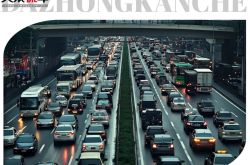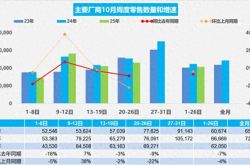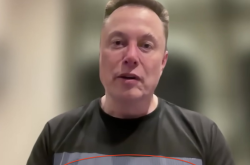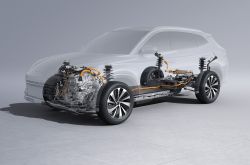Musk's Bold Gamble on Autonomous Driving: Visionary Leap or Capital Market Bubble?
![]() 04/24 2025
04/24 2025
![]() 536
536
Introduction
On April 22, local time, Tesla unveiled its first-quarter financial report, revealing a turbulent stock market journey. The company's share price soared from $251 post-Trump election to $488, only to plummet back to $251 in Q1 2023, embodying the phrase "back to square one overnight." Amidst this volatility, Elon Musk, the "Silicon Valley Visionary," has been juggling roles as both the "Efficiency Czar" for the Trump administration and the mastermind behind Tesla's autonomous vehicles and robots.
The result? A 71% drop in net profit and a halving of stock price, leading even ardent fans to quip, "Iron Man has turned into Leek Man, harvesting faster than leeks!" However, amidst the doom and gloom, Tesla unveiled its trump cards: mass production of thousands of Optimus humanoid robots by year-end, the launch of autonomous Robotaxi in Texas in June, and the imminent release of the Model 2.5 budget model.
So, the question looms: Is Musk a visionary prophet or a reckless gambler? Is his bold bet on autonomous driving and robots heralding a new era of wealth or merely another bubble in the capital market?
Join us at Wurenchelaiye (Public Account: Wurenchelaiye) to delve into this fascinating narrative!
(For reference reading, please click:
"Musk Cuts Budget Model 2, but the Tariff Hits Hard on the Key Driverless Car in Development! Chinese Carmakers Are Laughing Their Heads Off")
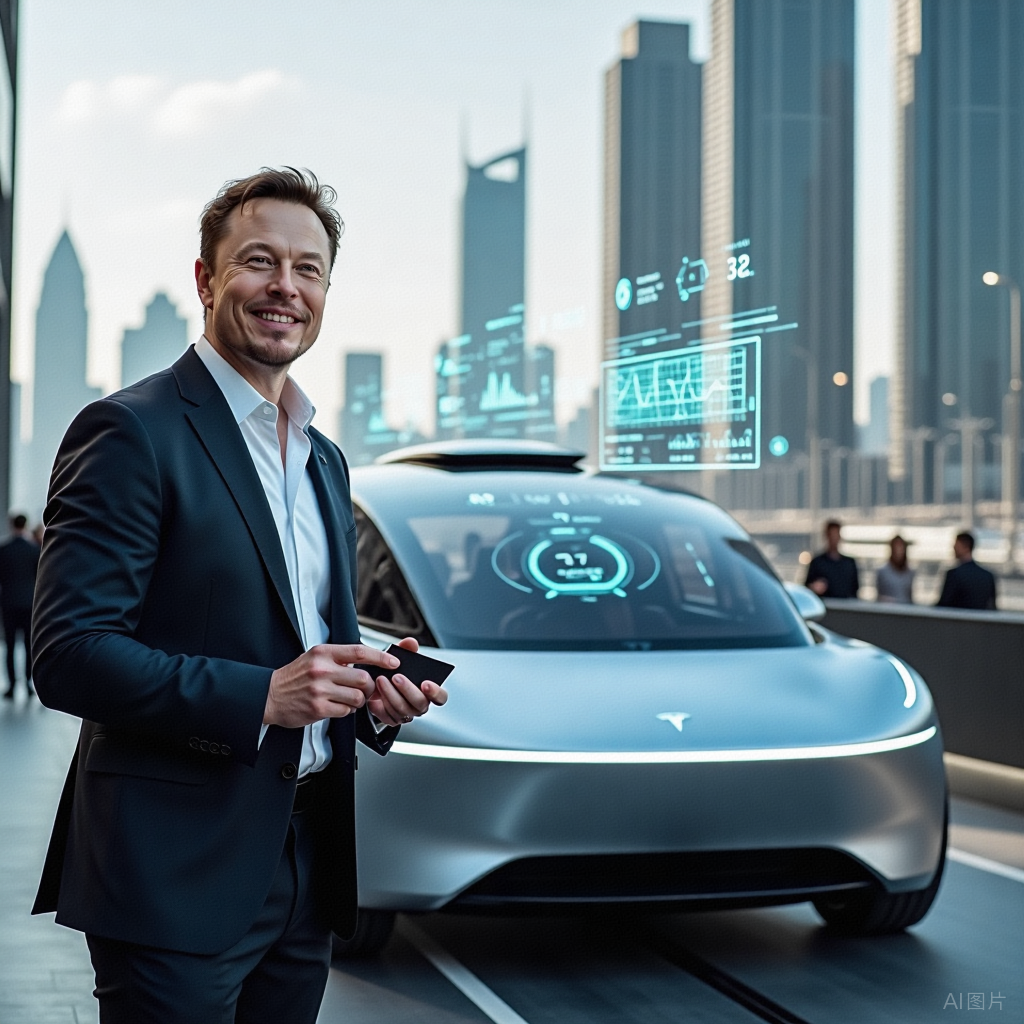
I. Musk's "Dual Identity": A "White House Insider" by Day, Autonomous Visionary by Night?
1. From "Silicon Valley Iron Man" to "White House Insider"
Musk has been juggling numerous roles lately—debugging the Optimus robot at Tesla during the day and transforming into the "Government Efficiency Czar" at night, assisting Trump with infrastructure and policy reforms. Tesla's Q1 net profit stood at $409 million, a steep 71% decline year-on-year, with its stock price plummeting significantly.
American netizens are furious: "Musk is reaping government subsidies while hiking Tesla prices. Does his conscience not bother him?" Chinese netizens tease: "This CEO needs to learn from Gao Qiang's tactics from 'The Storm'—only by acting the big shot can you get things done!"
2. Tesla's "Mid-life Crisis": Sluggish Sales, Robots to the Rescue? Sales Halved: Global deliveries in Q1 amounted to 337,000 units, a 13% year-on-year decline, with the Model Y Juniper flopping just three months after its launch.
Gross Margin Plunge: Automobile gross margin fell from 16.6% to 12.5%, with the cost per vehicle surging to $4,300 (equivalent to each car carrying a top-of-the-line iPhone). Brand Damage: Musk's support for Trump caused Tesla's market share in Europe to plummet by 6.7 percentage points, prompting angry German car owners to exclaim, "This car is now only good for delivering flowers to Putin!"
3. Musk's Response
Despite the annoyance, Musk remains confident, stating, "Tesla's greatness lies in our ability to innovate technologically even when our stock price plunges!" Some netizens interpret his words as, "What's a little loss? I have dreams!" Haha! Really?
II. Optimus Humanoid Robot: Game-changing Innovator or Capital Market Bubble?
1. Musk's "Silicon Valley Ideal": Making Robots 80% Cheaper Than Humans
Musk's modest goal is to mass-produce one million Optimus units by 2030, priced under $20,000 each, to handle tasks like transportation, assembly, and delivery. However, reality paints a different picture:
Technical Shortcomings: A securities firm noted, "Optimus's joint module coordination is less flexible than that of a construction worker!" Cost Shock: Unit R&D costs exceed $500,000, prompting Musk to partner with Contemporary Amperex Technology Co. Limited (CATL) to reduce costs with lithium iron phosphate batteries. A netizen quipped, "This robot is perfect for food delivery—it won't complain about bad reviews, it'll just freeze up!"
2. Tesla's "Roundabout Savior": Robots in the Factory First. By 2025, thousands of Tesla's Optimus robots will transport parts in the Fremont factory, replacing high-risk human operations. However, an internal employee revealed, "This robot can screw bolts 24/7 but stands dumbfounded when the production line malfunctions."
3. Industry Comparison:
DimensionTesla OptimusBoston Dynamics AtlasUnit Price Target$20,000Not yet mass-produced, valued at over $1 millionFlexibilityAdequate for heavy lifting, stairs a no-goCan perform backflips and parkour, but at a high costApplicable ScenariosFactory assembly linesMilitary, rescue, and other high-end fields.Which is better? It's currently unknown! However, at the Beijing Yizhuang Half Marathon recently, many Chinese robots participated, with one even winning the championship. Will this make Musk panic?
III. Autonomous Driving Robotaxi: Can Musk's "Money Power" Break the Deadlock?
1. Tesla's "Money Power": Sustaining Growth with Software Subscriptions. Musk's financial acumen is impeccable. Let's break it down:
FSD (Full Self-Driving): Annual fee of $12,000 per vehicle. Musk expects subscription revenue to exceed $5 billion by 2025. Robotaxi: Plans to deploy driverless taxis in Texas in June with a commission rate as high as 30% (drivers are furious: "This is stealing our livelihoods!").
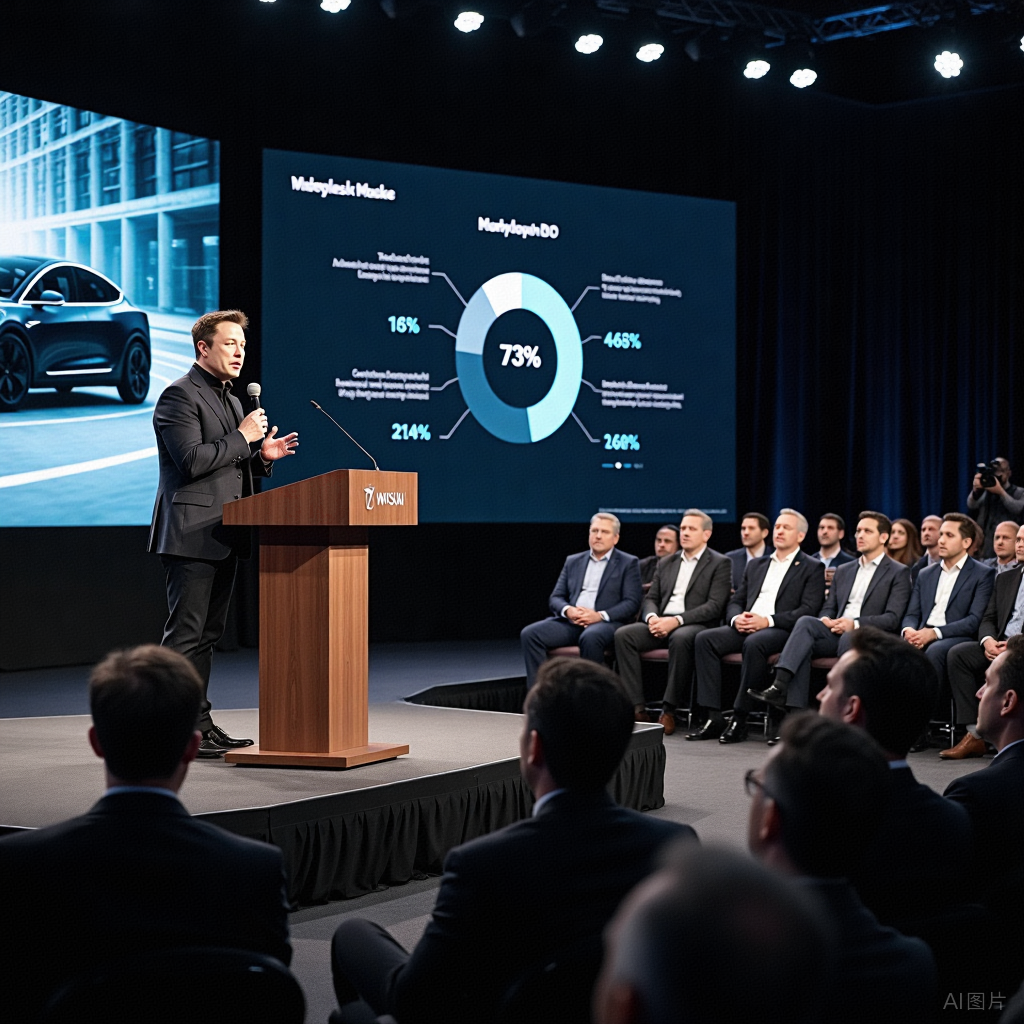
However, the data paints a mixed picture:
R&D Investment: Q1 R&D expenses totaled $1.41 billion, exceeding market expectations, yet the autonomous driving accident rate remains high at 0.15 accidents per 1,000 kilometers. User Complaints: "FSD's intelligence is barely better than my home robotic vacuum cleaner."
2. Policy "Deadly Dilemma": Countdown to the Cancellation of US IRA Subsidies. By the second half of 2025, the US IRA electric vehicle tax credit will be reduced by $7,500, forcing Tesla to hike Model 3/Y prices by 12%. Musk's Response: "Either raise prices to protect profits or lower prices to protect sales. I'm betting users will choose the cheaper option!" Securities Firm: If the IRA is canceled, Tesla's US market share may plummet to 5%, making Optimus the "lifesaver." Netizen Complaint: "Musk is now like a gambler on a rollercoaster—one hand on the steering wheel, the other on the robot's belt."
IV. Industry Chain Opportunities: Who Is Secretly Reaping the Rewards?
4.1 Autonomous Driving "Shovel Sellers": Horizon Robotics, CATL. Horizon Robotics: Supplies L2+ chips to autonomous vehicles, with Q1 orders surging 300% and net profit margins outperforming automakers. CATL: Provides LFP batteries for Tesla's energy storage business with a gross margin of 28.8% (netizens: "Selling batteries is more profitable than selling cars!").
4.2 Robot "Water Sellers": Reducers, Sensor Companies Win Effortlessly. Leadshine Technology: Harmonic reducers account for 15% of Optimus's cost, with production capacity booked until 2026. Sunny Optical Technology: A supplier of automotive cameras, with Tesla orders surging from 5% to 20%. Industry Joke: "When Musk is working on Optimus, the happiest people aren't the engineers but the owners of reducer factories in Jiangsu, Zhejiang, and Shanghai—this easy money is too good to be true!"
In summary, Wurenchelaiye (Public Account: Wurenchelaiye) believes that Musk never fails to make headlines. This time, he's placing his bets on autonomous driving and robots, a bold gamble indeed! For Tesla, these technologies will be crucial drivers of future growth. Despite current challenges and uncertainties, Musk remains unwavering in his vision. And for us spectators? Let's just sit back and enjoy the ride!
What do you think, dear reader?


